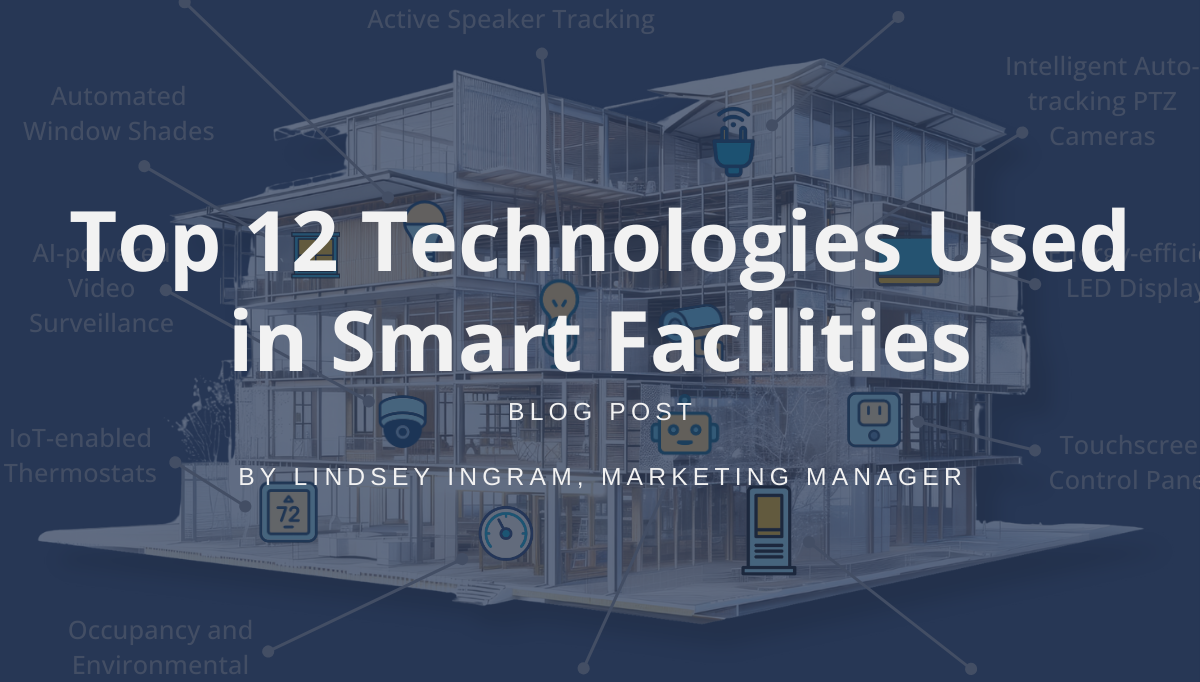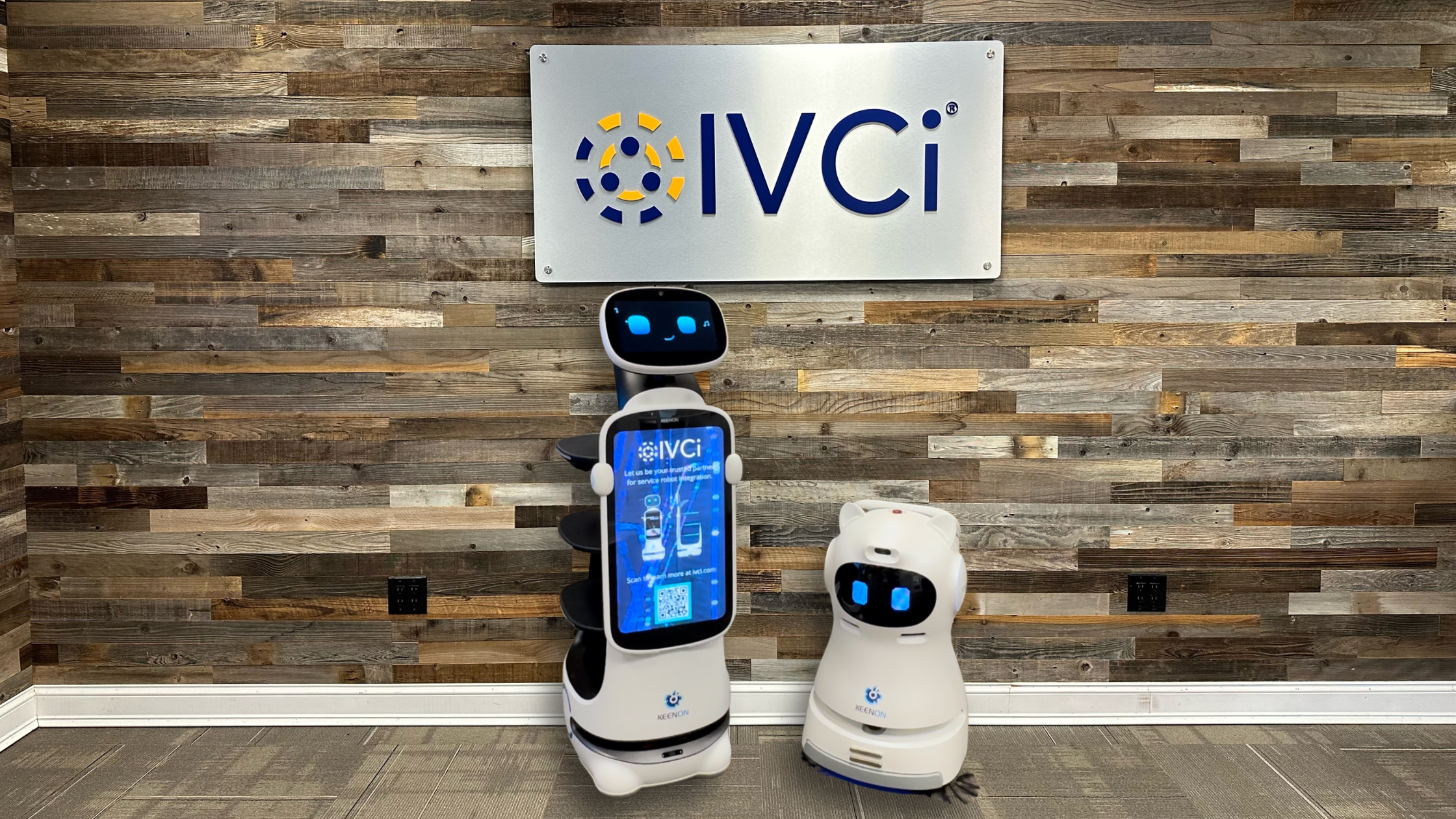eSports has skyrocketed in popularity in the past few years, transforming from a millennial/Gen Z niche to a mainstream movement. The community has grown to the point where entire facilities are being created to host large tournaments and give eSports players and fans a truly spectacular experience.
An eSports facility relies on technology more heavily than almost any other facility. On one hand, its entire premise is around the most advanced video game technology in the world. On the other, the goal of eSports is to connect gamers and the community through immersive and interactive experiences. None of that could exist without advanced technology.
Video, audio, and room design are the three most important considerations for creating an eSports facility — and here’s why.
Video technology
It goes without saying that eSports relies heavily on high-quality graphics and visuals. But the demand for video technology goes above and beyond crystal clear picture and life-like renderings.
The video systems in an eSports arena must be able to handle multiple live streams being broadcasted across several screens. The slightest split second lag could disrupt the entire event, so it’s of utmost importance that systems are set up in a way that can handle high input and output levels.
All systems need to be properly wired, in sync, and have settings that support the busy video environment. From giant display screens, to individual computers, to interactive and VR/AR audience events, video is at the core of an eSports facility.
Audio technology
Good audio quality is also essential for creating a life-like gaming experience for both the players and the fans. But further than that, audio technology allows team members to communicate with each other to strategize in real time. Since teamwork is a huge aspect of an eSports event, having reliable audio technology is a must.
It’s important that eSports facilities focus on the right kind of audio technology. Just having speakers blasting as loud as they will end up being a distraction to the players and a nuisance to the audience.
Instead, facility designers should focus on the quality and purpose of the audio. What does that look like in action? Noise-canceling headphones with powerful microphones for the players and powerful speakers that deliver crisp audio with no delays for the fans.
Room design
eSports facilities should be designed purposefully with game quality and fan engagement in mind. Properly executed room design can help the event run more smoothly but also can create a sense of community. By having a combination of larger spaces and more intimate spaces with interactive features in each, attendees can feel like they are part of a large community yet have the opportunity to be personally immersed in the experience.
Having interactive exhibits and features is also important for keeping interest levels high. Depending on what’s being played, tournaments can last up to 12 hours, so it’s helpful to have additional activities like VR/AR exhibits to keep people excited.
And since tournaments can vary in size, length, and format so drastically from one to the next depending, the space needs to be scalable and flexible to accommodate different titles. That means placing screens and speakers throughout the arena in a way that makes sense regardless of the event size and having a central location to control and adjust system settings.
The growth of eSports isn’t going to stop any time soon. With new facilities, arenas, and tournaments being developed consistently, AV technology and design are set to play a major role in the movement.
IVCi has partnered with top quality manufacturers to provide the equipment necessary to maintain eSports facilities and expand eSports programs. Contact us to learn how we can help.





